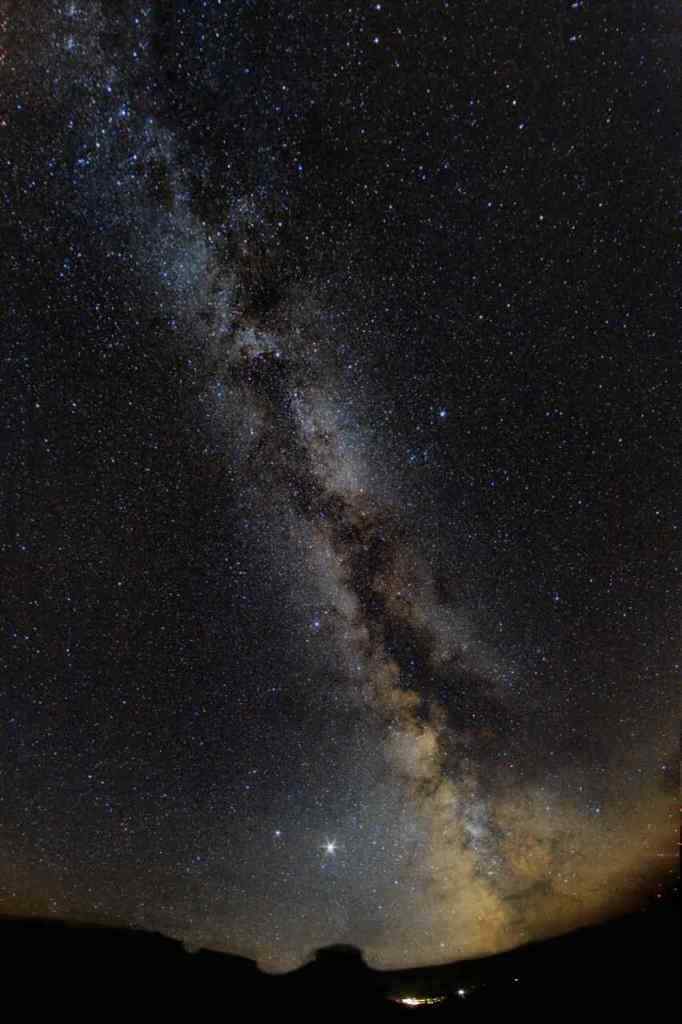Celestial Visitor Illuminates Portuguese Skies
Across the Iberian Peninsula, revelers in Spain and Portugal became awe-struck witnesses to an extraordinary cosmic spectacle. At precisely 11:46 p.m. in Portugal, a brilliant fireball streaked across the night sky, leaving a trail of incandescent light that illuminated the darkness like a celestial beacon.
The celestial visitor, initially mistaken for a meteor, exhibited unusual characteristics that set it apart from typical astronomical events. The projectile traveled at an astounding speed of 100,000 miles per hour, far surpassing the average velocity of asteroids. Moreover, its trajectory deviated significantly from the expected path of an asteroid, sparking intrigue among astronomers.
Cometary Origin
After meticulous analysis, scientists have identified the celestial body as a fragment of a comet, an icy celestial wanderer that formed in the primordial epochs of the solar system. Comets, composed primarily of frozen gases and dust, originate from the distant reaches of our solar system, the Kuiper Belt and the Oort Cloud.
As comets approach the Sun during their elliptical orbits, the intense solar radiation causes their icy exteriors to vaporize, forming a glowing tail of gas and dust that can stretch for millions of miles. In this instance, the comet fragment that illuminated the Portuguese sky had likely been separated from its parent comet during a previous close encounter with the Sun.
The comet fragment’s trajectory, which deviated from the norm, suggests that it may have been influenced by the gravitational pull of Earth or another celestial body, altering its course and sending it hurtling towards our planet.
Celestial Spectacle Leaves Observers Awe-Inspired
The celestial event that graced the night skies of Spain and Portugal has left an indelible mark on the minds of those who witnessed it. Stargazers and casual onlookers alike were treated to an unforgettable cosmic performance as a fireball streaked across the heavens with breathtaking speed and luminosity. The brilliant trail of incandescent light left a lasting impression, etching itself into the memories of all who beheld it.
Experts Shed Light on Celestial Phenomenon
In the aftermath of the celestial spectacle, experts have delved into the nature and origin of the fireball. The European Space Agency (ESA) has confirmed that the object responsible for the dazzling display was a fragment of a comet, a celestial body composed primarily of ice and dust. Comets are believed to have formed during the early stages of the solar system’s evolution, making them remnants of our cosmic past.
Comet Fragment’s Fate Revealed
As the comet fragment entered Earth’s atmosphere, it disintegrated approximately 37 miles above the Atlantic Ocean. The intense heat generated by its passage through the atmosphere caused the fragment to break apart, resulting in the spectacular fireball that captivated observers. According to experts, no remnants of the comet fragment are expected to have reached the ground.
A Reminder of Our Cosmic Connection
The celestial visitor that graced the skies of Portugal and Spain served as a reminder of our interconnectedness with the vastness of space. The event offered a glimpse into the wonders that lie beyond our planet, inspiring awe and wonder in all who witnessed it. As we continue to explore the cosmos, discoveries like these remind us of the boundless mysteries that await us in the celestial tapestry.
Conclusion
The celestial spectacle that unfolded over the Iberian Peninsula was a testament to the beauty and wonder of the cosmos. The fireball’s fleeting passage across the night sky left an enduring impression, reminding us of our place in the grand scheme of the universe. As we continue to gaze up at the stars, we can marvel at the celestial wonders that await our discovery, knowing that the cosmos holds countless more secrets yet to be revealed.
